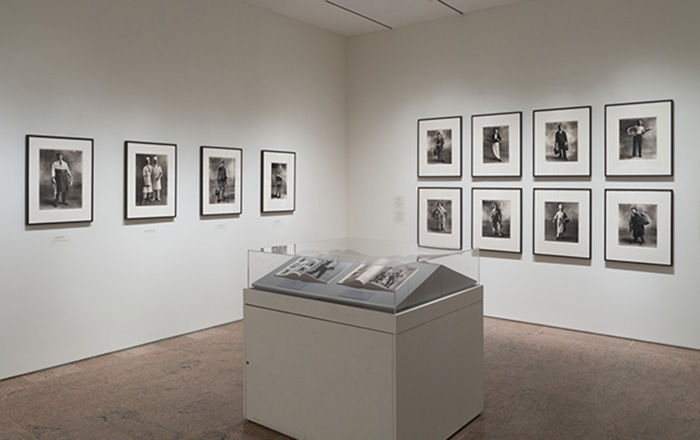Eclipse of the Sun
Photography Studio W. & F. Langenheim American
William Langenheim American, born Germany
Frederick Langenheim American, born Germany
Not on view
In 1841-42, William and Frederick Langenheim opened a daguerreotype studio in Philadelphia. Known for their technical innovations, the former journalists were not the city's first but were certainly its most celebrated photographers. On May 26, 1854, the Langenheim brothers made eight sequential photographs of the first total eclipse of the sun visible in North America since the invention of photography. Although six other daguerreotypists and one calotypist are known to have documented the event, only these seven daguerreotypes survive. In the northern hemisphere, the moon always shadows the sun from right to left during a solar eclipse; these images therefore seem odd because they are, like all uncorrected daguerreotypes, reversed laterally as in a mirror.
It is noteworthy that these daguerreotypes are quite small, three exceptionally so. In order to produce any kind of image at all, the Langenheims were forced to use the smallest cameras available, since smaller cameras require proportionally less light and there was virtually no available light when the disk of the new moon eclipsed the largest part of the sun. The missing eighth image was probably made on the smaller plate size and showed nothing at all-a total eclipse.
This image cannot be enlarged, viewed at full screen, or downloaded.
This artwork is meant to be viewed from right to left. Scroll left to view more.












